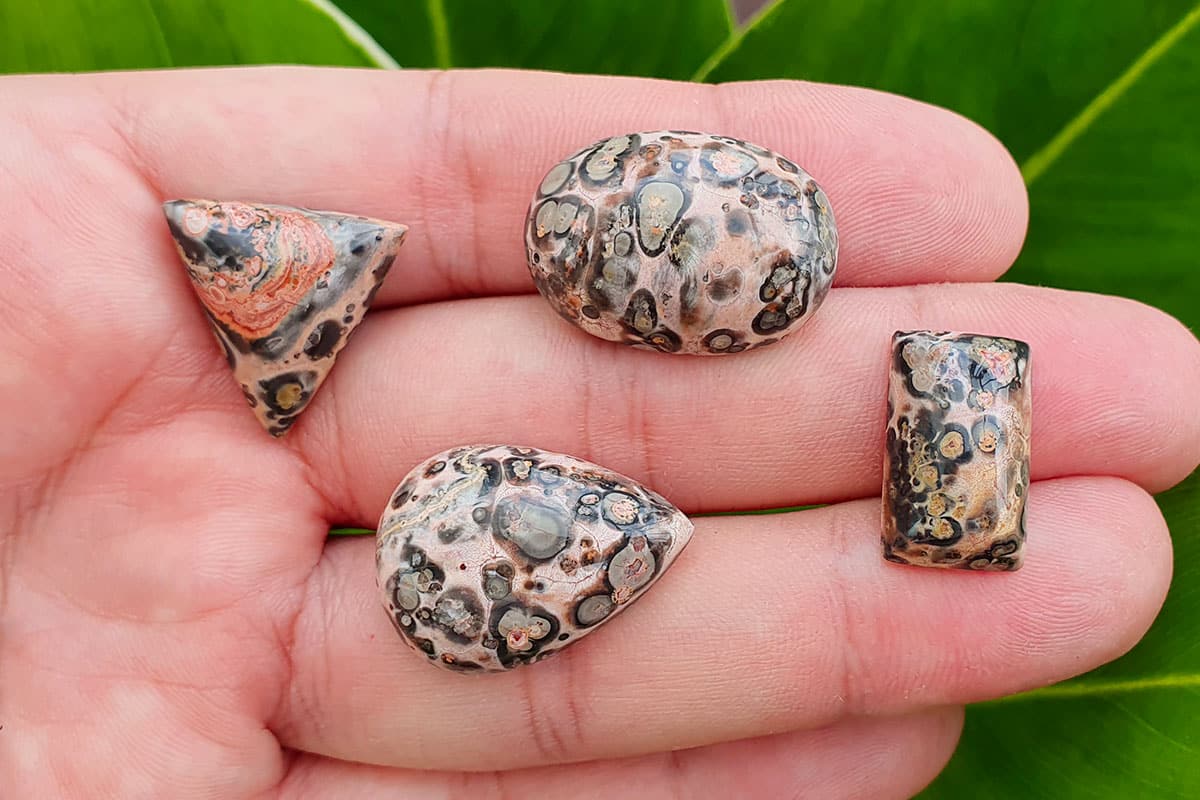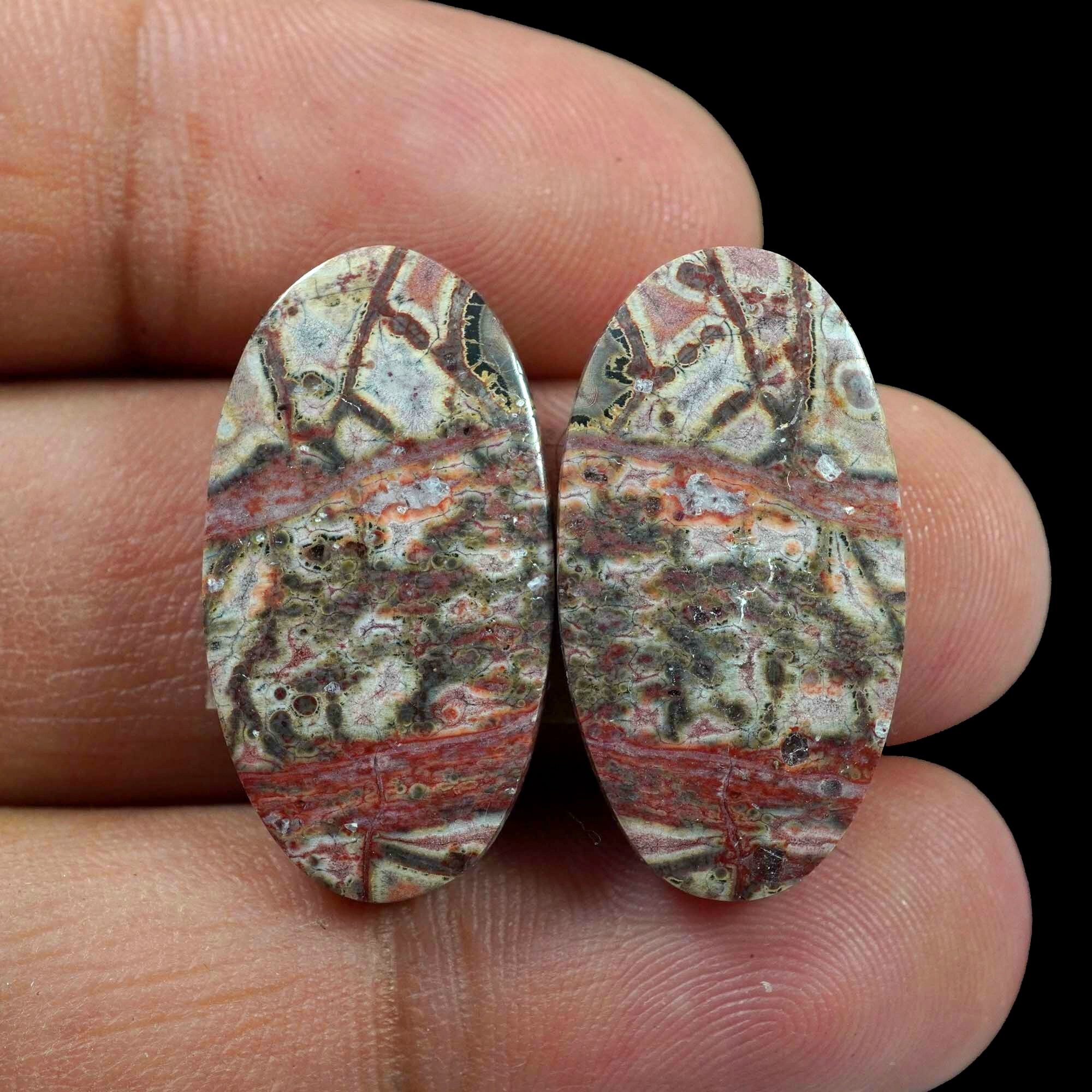

Light enters the stone, strikes the inclusions, and reflects back out of the stone and into the eye of the observer.

Some people call these stones "lepidolite" but they contain only a few to several percent lepidolite - so, the names pink aventurine or pink quartzite are more appropriate.Īventurescence is a sparkly luster caused by inclusions of flake-shaped mineral grains that are highly reflective. Their pink color is caused by inclusions of a pink mica known as lepidolite. These stones are composed mainly of quartz (they are metamorphic rocks known as quartzite). The word "pink" applies to the color of the material, and the word "aventurine" means a material that displays the property of "aventurescence". Pink Aventurine: The name "pink aventurine" has two parts: "pink" and "aventurine". Occasionally, we have Lake Superior Agate tumbling rough available for sale - but this wonderful material has been hunted almost to extinction and is hard to get. In these photos you should be able to see examples of concentric banding, transparent quartz centers, and the super-bright polish. We show unpolished nodules in the photo on the left and polished nodules in the photo on the right. They can be polished to a super-bright luster. Their usual color range is red, brown, orange, white, and yellow - sometimes with transparent quartz centers. Lake Superior agates are usually concentrically banded, often with "eyes" or mossy inclusions. Today they are found in streams, on beaches, in farmers' fields, and along roadsides. Then they were excavated and scattered by glaciers during the Great Ice Age.

Lake Superior agate nodules formed in cavities of ancient basalt flows beneath the Great Lakes region. (The nodules and nodule pieces in the photos above range between about 3/4" and 1 1/4" in size). These agate nodules are usually about 1 1/2" or less in size, but large nodules can be up to several inches across. Lake Superior Agate: Lake Superior agates are a popular tumbling rough in the Great Lakes region of the United States - especially in Minnesota, Wisconsin, and Michigan, where they are the "official state gemstone" ( see map). If you'd like to try tumbling it yourself, we also have mookaite tumbling rough. We often have tumbled mookaite available for purchase.

Why? Because mookaite is brittle and will chip and bruise severely in a rotary tumbler. Mookaite shapes best in a rotary tumbler, but we always run the medium grit, fine grit and polishing steps in a vibratory tumbler. The rough (stones on the left) has a dull luster, but it shapes nicely in the tumbler, and we are usually surprised by the spectacular polish produced (stones on the right). Mookaite is fun to polish in a rock tumbler. These can sometimes be separated by their index of refraction, specific gravity, hardness, and tenacity. It can be composed of chert, chalcedony, or opal. Mookaite is a wonderful multi-colored material, ranging through white, cream, yellow, red, brown, green, and purple. Mookaite is a geographic name, derived from Mooka Creek, a stream in Western Australia, where this material is mined. The rock is more properly called "radiolarite" because the organisms with the silica-rich parts are a variety of plankton known as radiolarians. Mookaite: Mookaite is a rock formed on the ocean floor where organisms with silica-rich hard parts die in the water column above and sink to accumulate as a seafloor sediment.


 0 kommentar(er)
0 kommentar(er)
